Global Platform on Disaster Risk Reduction 2017
From 14-18 March 2015, the 3rd World Conference on Disaster Risk Reduction was held in Sendai, Japan. It resulted in the adoption fo the Sendai Framework for Disaster Risk Reduction 2015-2030. As the first international follow-up to the Sendai conference, the UNISDR organized the Global Platform 2017 (GP2017), which focused on implementation of the Sendai Framework. IDPP was delighted to partner with UNISDR on a major study exploring the role of information and communication technologies to facilitate enhanced remote participation for persons with disabilities to GP2017. Our study explored the use of accessible webconferencing and telepresence robots on achieving these ambitious goals.
Ally in mexico at GP2017
The United Nations Office responsible for disaster risk reduction is called UNISDR. As the first major global follow-up conference to the historic Sendai Declaration on Disaster Risk Reduction, the Global Platform 2017 (GP2017 was a particularly good opportunity for us to explore the potential of telepresence robots to enable remote participation for persons with disabilities, and compare the impact of a more mature technology, accessible webconference.
Accessible webconferencing
IDPP has long used accessible web conferencing technologies to explore ways to enhance geographically distributed collaboration. For many years we have been using Blackboard Collaborate, and its predecessor Elluminate. IDPP Executive Director, Dr. Derrick Cogburn served on the Accessibility Task Force for both Elluminate and Collaborate, working to ensure a high level of accessibility for both technologies. While the telepresence robots were probably the most "exciting", webconferencing tools were the most accessible.
Triumph of the Robots
While our formal study, presented at the 2018 HICSS conference, found both technologies were critical to achieving the goals of both UNISDR and the DiDRRN, GP2017 clearly marked the "triumph of the robots." Through the use of the robots, participants from our four "remote hubs" in Bangladesh, Fiji, Brussels, and DC (and the Philippines), were able to have tremendous autonomy of movement at the conference, including meeting the UN Deputy Secretary General, Dr. Amina Mohammed.



